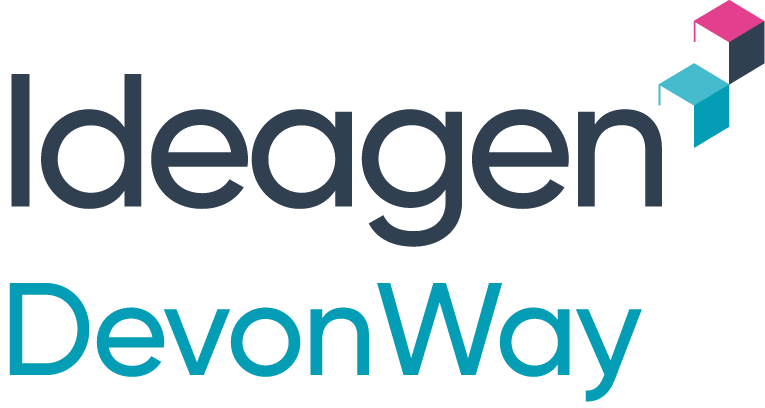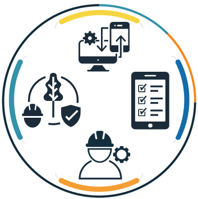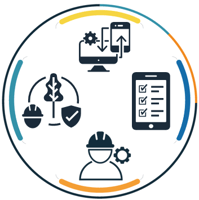Those working in high-risk, highly regulated industries know that serious injury and fatality (SIF) prevention is of the utmost importance – not only for business but especially for employees and their safety. Unfortunately, while serious injuries and deaths do happen in the workplace, they can be prevented. These safety measures start with an organization’s environmental, health and safety (EHS) risk management.
An overview of SIF in the workplace
According to the National Safety Council (NSC) Injury Facts website and its Occupational Safety Highlights, there were 4,113 preventable injury-related deaths in 2020, at a cost of $163.9 billion.
While serious injuries and fatalities can happen at any job site, some lines of work have proven to be the most dangerous. NSC’s data shows that the construction industry experiences the most preventable deaths in the workplace, with falls being the leading fatality. Other dangerous jobs include those in the transportation and warehouse industries, to name a few.
Causes of death and serious injuries are not always the same. In reviewing work-related injuries that involve days away from work, NSC found that exposure to harmful substances or environments; overexertion and bodily reactions; and slips, trips and falls were the top three causes in 2020, accounting for 75% of all non-fatal injuries and illnesses. Some 99 million days of work were lost in 2020 as a result of injuries at work, affecting about 150,000 workers.
Why monitoring and managing EHS risks matters
With lives on the line, there has been a great deal of research surrounding SIF prevention. Recently, the Campbell Institute – which helps organizations achieve and sustain EHS excellence – released Serious Injury and Fatality Prevention: Leading Indicators, Cumulative Risk and Safety Networks. This white paper showcases two frameworks that organizations can implement to improve their SIF prevention efforts: cumulative risk assessment and social network analysis.
Moreover, this report reveals that how effectively an organization can identify and control risk is key to SIF prevention.
"Organizations must avoid complacency and approach safety and risk assessment as ongoing, evolving issues," said Katherine Mendoza, director of the Campbell Institute. "We know that strategic thinking and organizational culture are the most important indicators of successful SIF prevention, so if organizations think beyond their current solutions and seek opportunities to constructively communicate with one another regularly, we will save lives."
The research highlighted that elevating and maturing organizations’ EHS risk assessment is vital. For example, an organization should track not only a single hazard risk assessment, but also measure how multiple hazards may interact together to prevent serious injuries and fatalities.
Tips to identify and control risk in the workplace
When tracking EHS risk assessments, the Campbell Institute found that SIF prevention starts with indicators that are proactive, preventive and predictive. It shared that these measures should monitor and provide current information about the effectiveness of activities, performance and processes.
The best indicators typically have similar characteristics. They are:
- Achievable
- Actionable
- Explainable
- Meaningful
- Timely
- Transparent
- Useful
- Valid
Additionally, an organization must think strategically about steps in SIF prevention and infuse them into its culture. Defining a clear vision, providing proactive and consistent communication, and utilizing available data and technology were also noted as important supports in effective risk management and SIF prevention.
DevonWay EHS helps prevent serious injuries and fatalities
If your organization is looking to improve its SIF prevention and EHS risk management, DevonWay can help. Through its single, secure platform that aligns information and measures from across the organization, DevonWay empowers people to take action before incidents occur and enables post-incident analysis to improve safety going forward. Safety best practices are built in based on extensive experience working with high-reliability industries like nuclear power plants, national labs, and global engineering firms. Request a demo today to see how it can improve your organization's EHS risk management.






